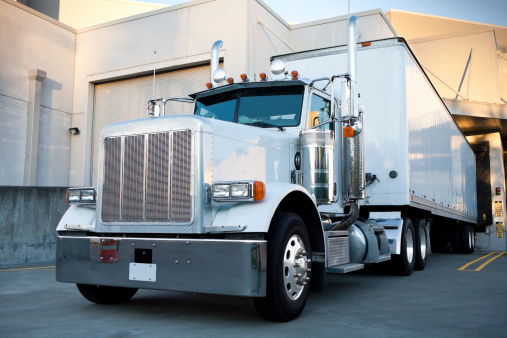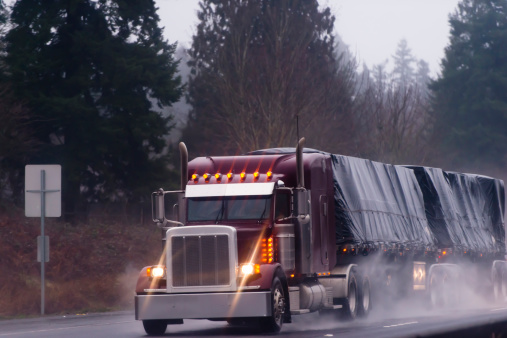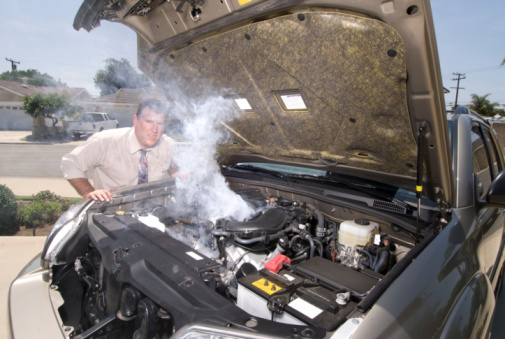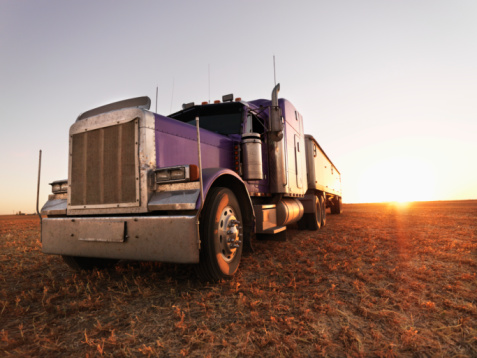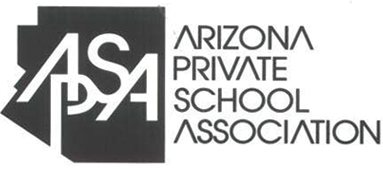In order to operate as a truck driver in the United States, you must have a valid Commercial Driver’s License (CDL). If you’re interested in driving 18-wheelers, you should enroll in a truck driving school that prepares you to obtain your Class A CDL. However, there are other types of CDL classifications that you may be interested in depending on the type of driving career you want to pursue. This blog post will help you understand the different CDL classifications so you can enroll in the right CDL program in Tucson.
Class A CDL
The Class A CDL is required to operate a combination vehicle (truck and trailer) that has a combined gross weight of more than 26,000 pounds. Drivers can broaden the scope of their career opportunities with additional Class A CDL endorsements. For example, a Hazardous Materials endorsement will enable you to transport hazardous cargo.
Class B CDL
The Class B CDL is required to operate any vehicle with a gross vehicle weight of over 26,000 pounds. The difference between the Class A and Class B CDL is that Class B CDL holders are not allowed to tow a trailer in excess of 10,000 pounds. Drivers with a Class B CDL often find careers driving dump trucks, commercial buses, and other similar large commercial vehicles.
Class C CDL
The Class C CDL is required to operate any vehicle with a gross vehicle weight less than 26,000 pounds that is required to transport hazardous materials or 16+ passengers. You must also obtain a Passenger (P) or Hazardous Materials (HME) endorsement in order to obtain a Class C CDL.
HDS Truck Driving Institute provides the training you need to obtain your Class A or Class B CDL. Our truck driving school in Tucson has rolling admissions throughout the year, with CDL classes starting every Monday. For additional information about our CDL school or the driver training programs we offer, please call 1-877-205-2141.

